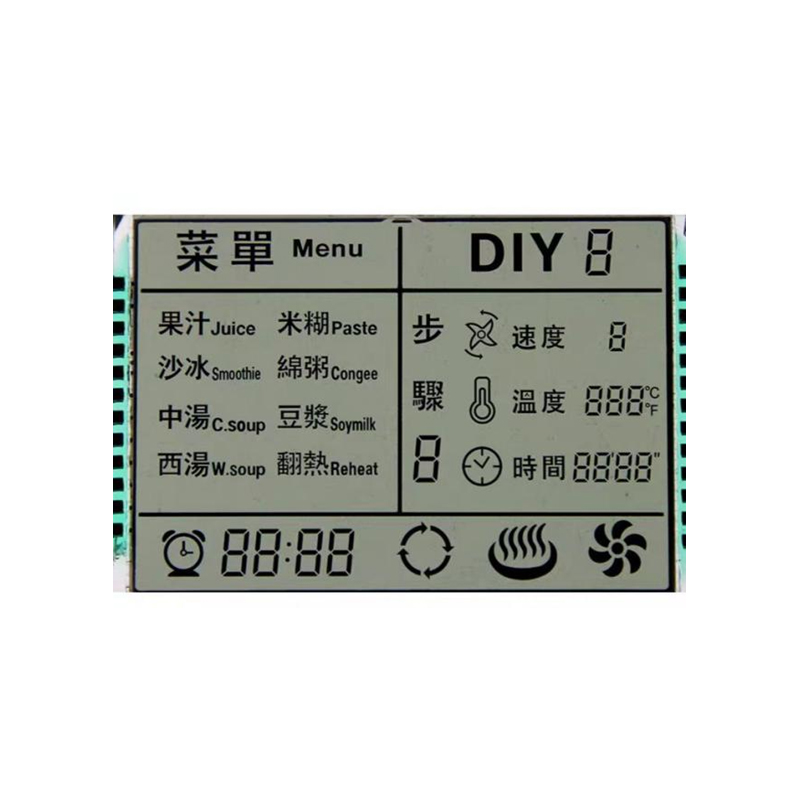
This guide provides a detailed overview of the best products for interfacing with the Arduino Uno using the SPI protocol. We'll explore various options, considering factors like ease of use, functionality, and cost-effectiveness, helping you choose the perfect solution for your project. We'll also delve into the technical aspects of SPI communication to ensure a complete understanding.
SPI (Serial Peripheral Interface) is a synchronous, full-duplex communication bus used for short-distance communication, primarily used for connecting microcontrollers like the Arduino Uno to peripherals. It’s known for its speed and simplicity. The Arduino Uno SPI interface utilizes four pins: MOSI (Master Out Slave In), MISO (Master In Slave Out), SCK (Serial Clock), and SS (Slave Select).
SPI offers advantages over other communication protocols like I2C, including higher speeds and the ability to handle multiple slave devices simultaneously. This makes it ideal for applications requiring fast data transfer, such as interfacing with high-speed sensors, displays, and other peripherals. However, it requires more careful pin assignment than some other methods.
Choosing the right SPI interface product depends heavily on your specific needs. Below are some examples categorized for clarity. Remember to always consult the datasheets for detailed specifications before purchasing.
ILI9341-based TFT LCD displays are popular choices for their high resolution and vibrant colors. They are widely available and well-supported by Arduino libraries. Many variations exist in size and resolution. The SPI interface allows for fast image rendering, making them suitable for graphical user interfaces (GUIs) and data visualization projects. These displays often require level shifting depending on the specific display's logic voltage. You might need an appropriate level shifter IC.
Another excellent option, ST7735 displays offer a good balance of resolution, color depth, and cost-effectiveness. They also boast a relatively small footprint, making them suitable for space-constrained projects. Similar to the ILI9341, they utilize the SPI protocol for communication and might require level shifting depending on their specifications.
| Feature | ILI9341 | ST7735 |
|---|---|---|
| Resolution (common) | 320x240 | 128x160, 128x128 |
| Color Depth | 16-bit (65k colors) | 16-bit (65k colors) |
| Cost | Moderate | Generally Lower |
For precise temperature measurement, the MAX31865 is a reliable choice. This IC accurately reads thermocouple voltages and converts them into temperature readings. Its SPI interface makes it easy to integrate with the Arduino Uno. It’s often used in industrial and scientific applications requiring accurate temperature data. Always consult the datasheet to ensure compatibility with your chosen thermocouple type.
The MFRC522 is a popular RFID (Radio-Frequency Identification) reader module that uses SPI for communication. It can be used to read and write data to RFID tags, making it suitable for access control, inventory management, and other applications. Note that this module requires specific libraries for Arduino operation.
The selection of the best Arduino Uno SPI interface product hinges on your project’s specific requirements. Consider the following factors:
By carefully evaluating these factors and researching the specifications of different products, you can select the most appropriate SPI interface for your Arduino Uno projects.
For high-quality LCD displays for your projects, consider exploring the options available at Dalian Eastern Display Co., Ltd. They offer a wide variety of display solutions.
1 Datasheets for specific components should be consulted for detailed specifications and application notes.












